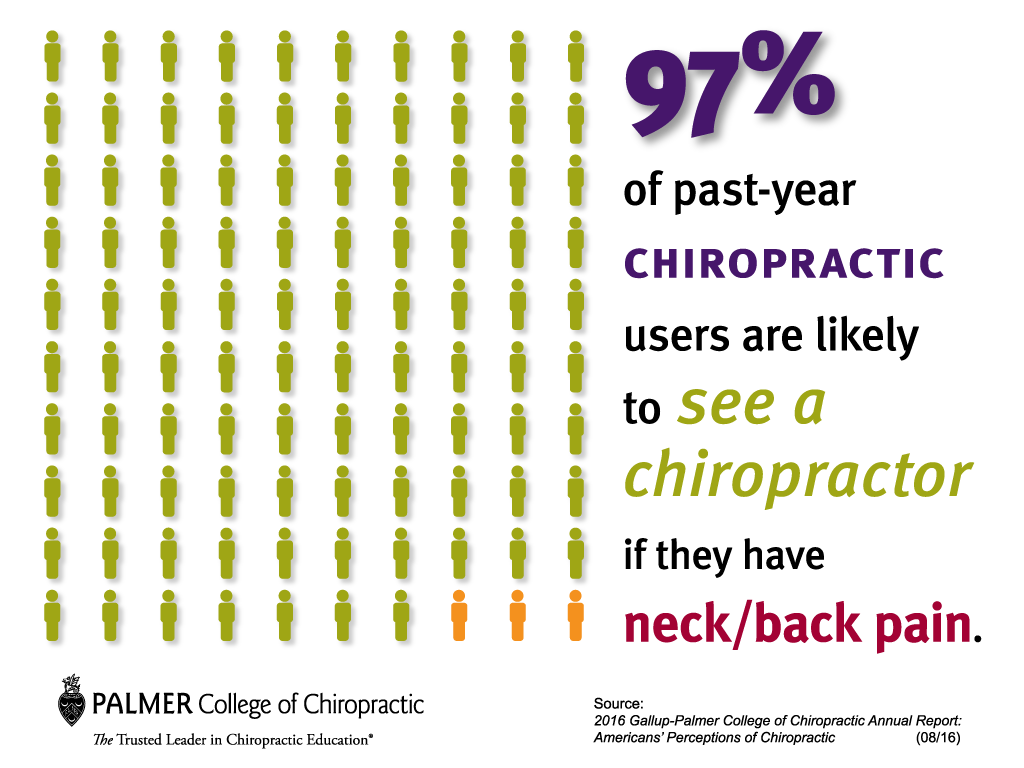Checking Out The Scientific Research Behind Cold Laser Therapy
Checking Out The Scientific Research Behind Cold Laser Therapy
Blog Article
Material By-Strickland Neumann
When considering alternate therapies, cold laser treatment stands out due to its unique technique to healing. By using certain wavelengths of light, it targets mobile functions and advertises recuperation in a non-invasive way. This method not only improves ATP production but also aids in decreasing swelling and discomfort. As study continues to unravel, the ramifications for rehab and pain management could be significant. What does this mean for future therapy choices?
The Systems of Cold Laser Treatment
Cold laser treatment, also known as low-level laser therapy (LLLT), works by stimulating mobile function with the application of certain wavelengths of light.
When the laser light penetrates your skin, it engages with the mitochondria in your cells, boosting ATP manufacturing. This boost in ATP stimulates your cells, advertising recovery and regeneration.
The light likewise impacts cell membranes, enhancing their permeability and promoting nutrition absorption while eliminating toxins. In addition, cold laser therapy sets off the launch of endorphins and minimizes swelling, helping your body respond more effectively to injury.
https://stressrelief99876.actoblog.com/35037040/exactly-how-well-does-cold-laser-therapy-benefit-chronic-discomfort-alleviation-explore-the-clinical-foundations-of-this-non-invasive-treatment-and-its-healing-possibilities boosted blood circulation as the treatment stimulates capillary development, making sure that oxygen and nutrients reach damaged cells much more successfully.
Comprehending these devices can help you appreciate its potential in advertising recuperation.
Possible Advantages of Cold Laser Treatment
When taking into consideration alternatives for pain relief and recovery, you could discover cold laser treatment to be an attractive alternative. This non-invasive strategy can help in reducing swelling, relieve pain, and advertise cells fixing.
laser based pain relief report quicker healing times from injuries and surgical treatments after undertaking cold laser treatment. It's especially helpful for conditions like arthritis, tendonitis, and muscle mass stress.
You might additionally value that it has minimal side effects contrasted to drugs. Additionally, cold laser treatment can improve blood circulation, which helps in delivering nutrients and oxygen to harmed locations.
Current Study and Clinical Applications
As interest in cold laser treatment grows, researchers are exploring its different applications and performance in scientific setups. You'll discover research studies investigating its duty in pain management, wound healing, and minimizing swelling.
In physical treatment, experts use cold laser treatment to improve healing in sports injuries, while dental professionals are locating it advantageous for treating oral discomfort and gum conditions. Ongoing https://seekingalpha.com/article/4499087-cutera-gains-arent-surprising are assessing its capacity in dealing with conditions like joint inflammation and neuropathy.
These studies intend to develop standardized procedures and does, making sure safety and security and efficiency. As even more evidence emerges, you might see cold laser therapy ending up being a staple in both rehabilitation and pain monitoring, offering individuals a non-invasive alternative that enhances typical therapies.
Final thought
In conclusion, cold laser treatment provides a promising technique to healing by using specific wavelengths of light to boost cellular functions and advertise healing. With benefits like boosted blood flow, lowered inflammation, and pain relief, it's coming to be an important option for numerous conditions. As research study continues to develop standardized methods, you can eagerly anticipate greater approval of this non-invasive therapy in rehab methods and discomfort monitoring strategies, making it a possible game-changer for many patients.
